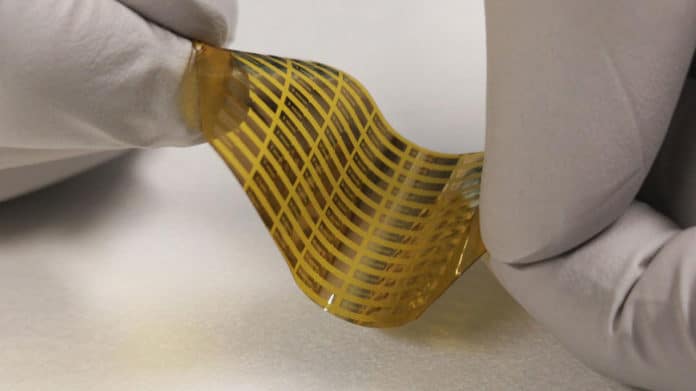THz waves are not hazardous for human health. The technology is already in use in some airports to scan passengers and detect dangerous objects and substances.
Despite holding great promise, the technology is used in limited places only due to its cost and cumbersome process of activation.
A new technology developed at EPFL could change all that.
The team at the Power and Wide-band-gap Electronics Research Laboratory (PowerLab) has developed a nanodevice that enables the generation of high-power terahertz waves. Measuring just 1 nanometer, the nanodevice generates extremely high-power signals in only a few picoseconds, or one trillionth of a second, – which produces high-power THz waves.
Moreover, it operates more than ten times faster than today’s fastest transistors, and about 100 times faster than the transistors you have on your computers.
Working of this new Nanodevice:
The device Generates high-intensity waves from a tiny source in no time. It works by producing a powerful “spark,” with the voltage spiking from 10 V (or lower) to 100 V in the scope of a picosecond. The device is equipped for producing this spark consistently, which means it can discharge up to 50 million signals each second. At the point when snared to antennas, the system can generate and radiate high-power THz waves.
The device is equipped with two metal plates, situated 20 nanometers apart from each other. When applying voltage, electrons surge towards one of the plates, where they form a nanoplasma.
Once the voltage reaches a certain threshold, the electrons are emitted almost instantly to the second plate. This rapid movement enabled by such fast switches creates a high-intensity pulse that produces high-frequency waves.
Prof. Elison Matioli, who led the development, said, “Normally, it’s impossible to achieve high values for both variables. High-frequency semiconductor devices are nanoscale in size. They can only cope with a few volts before breaking out. High-power devices, meanwhile, are too big and slow to generate terahertz waves. Our solution was to revisit the old field of plasma with state-of-the-art nanoscale fabrication techniques to propose a new device to get around those constraints.”
“The new device pushes all the variables to the extreme: High-frequency, high-power, and nanoscale aren’t terms you’d normally hear in the same sentence.”
Mohammad Samizadeh Nikoo, a Ph.D. student at the POWERlab said, “These nanodevices, on one side, bring an extremely high level of simplicity and low-cost, and on the other side, show excellent performance. Also, they can be integrated with other electronic devices such as a transistor. Considering these unique properties, nanoplasma can shape a different future for the area of ultra-fast electronics.”
Journal Reference:
- Nanoplasma-Enabled Picosecond Switches for Ultra-Fast Electronics. DOI 10.1038/s41586-020-2118-y
